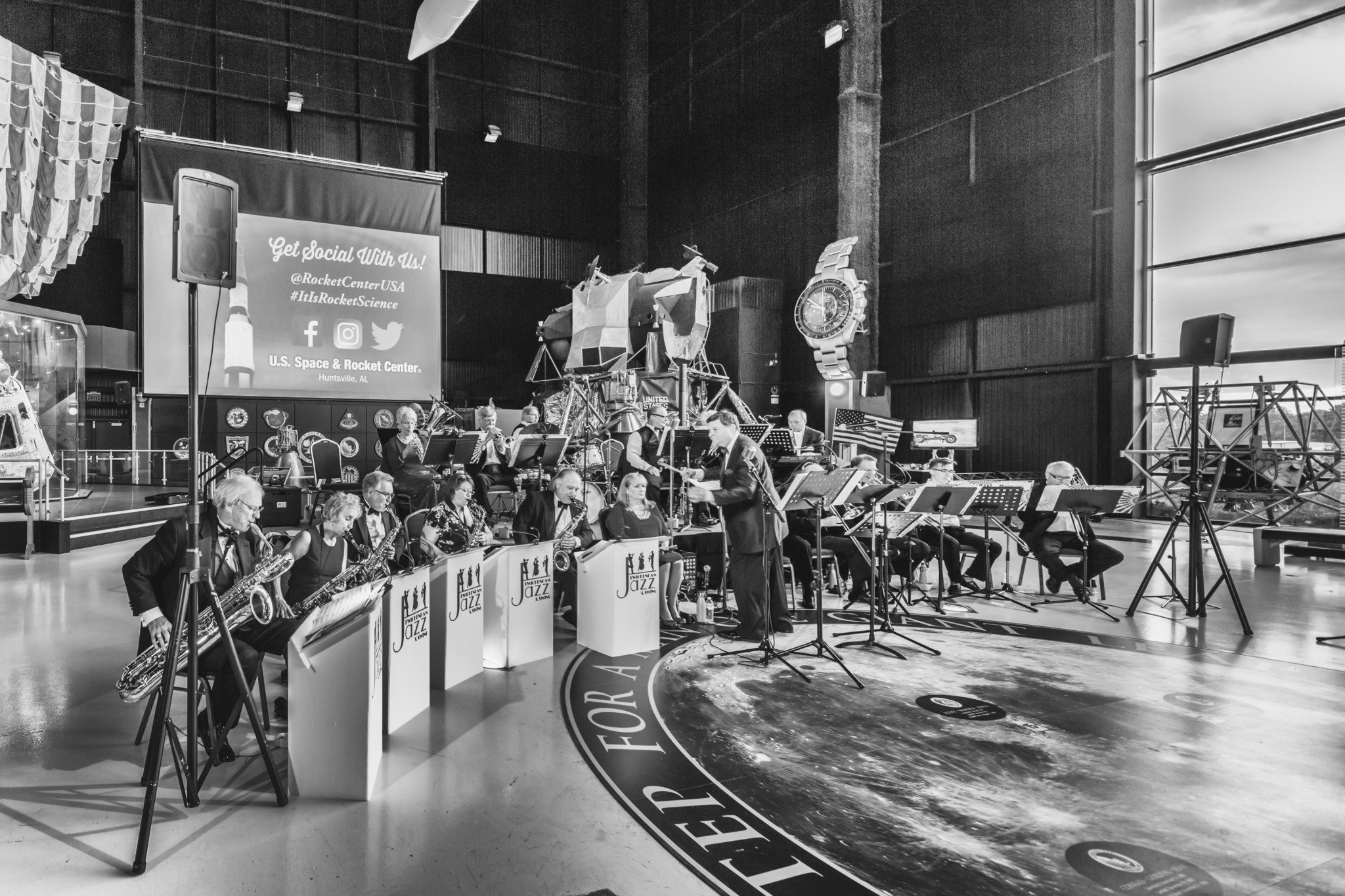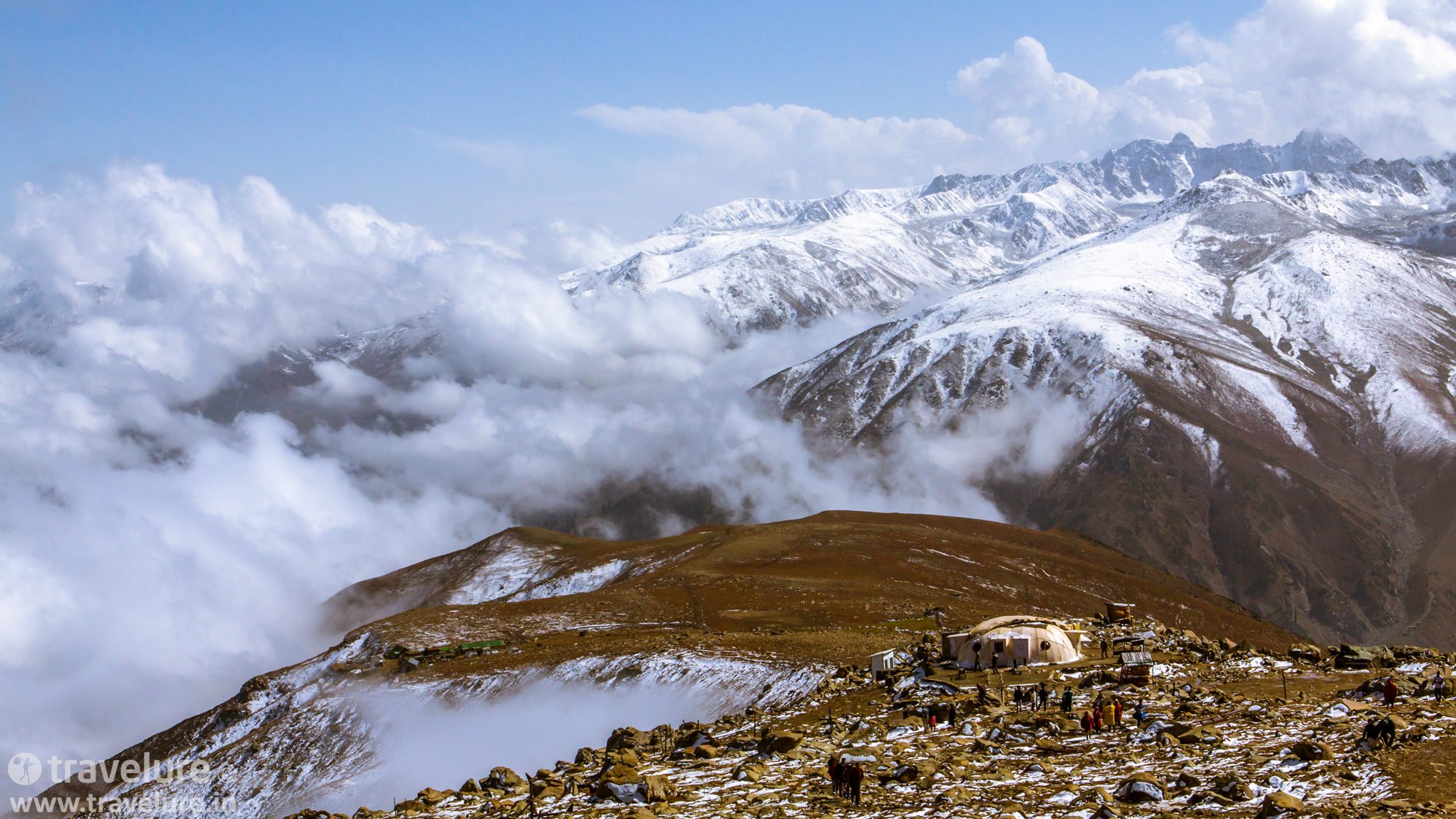Huntsville – A Doorway to the Past and the Future
Smart Photography (India’s leading photography magazine) has carried my article (Huntsville – A Doorway to the Past and the Future) in their July 2017 Annual B&W Issue. That is why the images are in B&W.
Huntsville… Who?
As US Space and Rocket Center is here, Huntsville, Alabama has a nickname – the Rocket City. While in Huntsville for TBEX North America 2017 (TBEX: Travel Blog Exchange), I joined a walking tour of its historic district – a small area comprising Twickenham, Old City, and Five Points.
Twickenham has structures that came about between 1810 and 1860, Old City sprung up between 1870 and 1930, while Five Points is a powerful illustration of the evolution of middle-class housing in the 20th century.
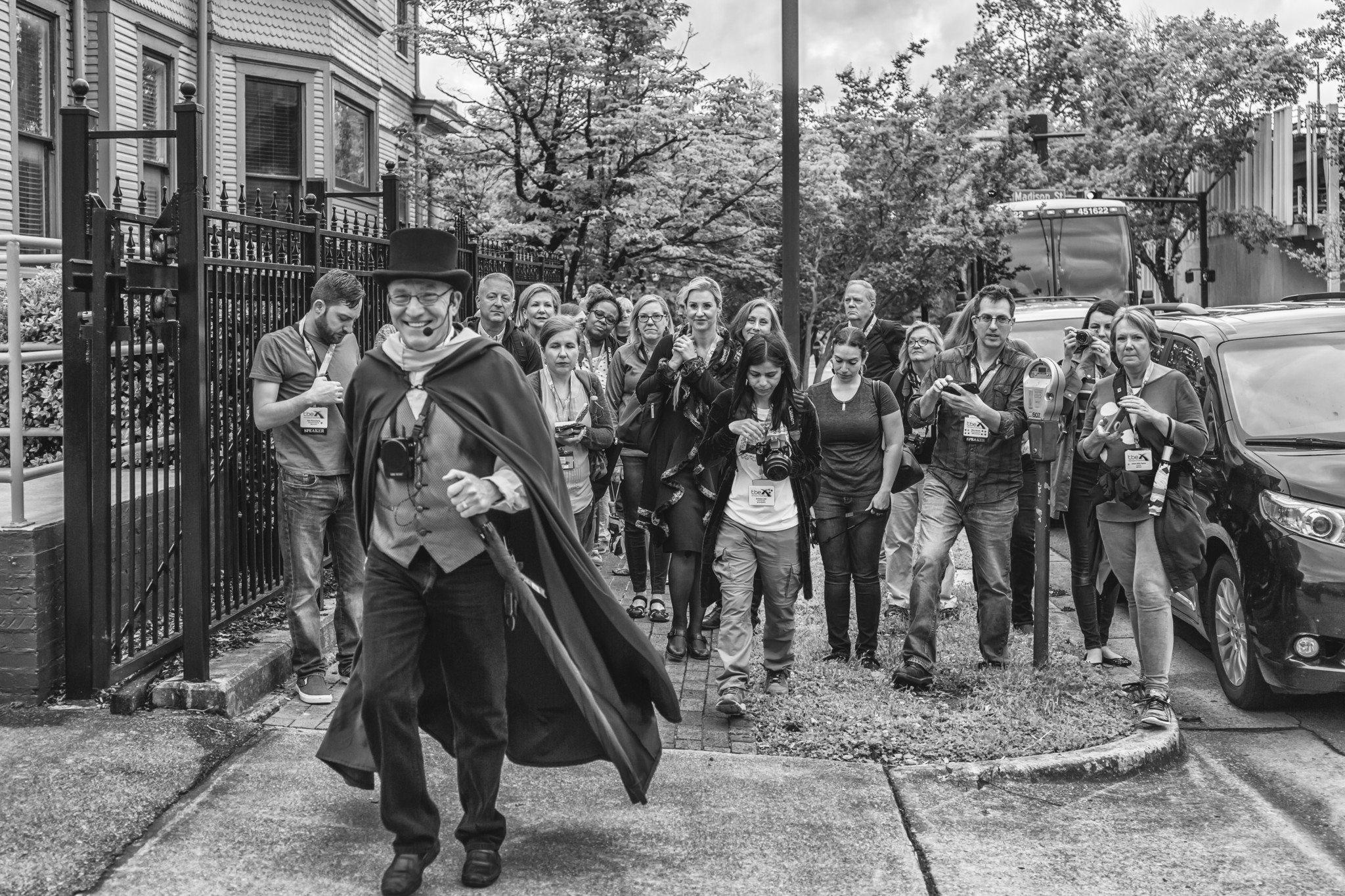
This is how it began
During my glide through the period architecture here, I felt I had stepped out of a time machine not knowing which century I was in. What added to the feeling was our knowledgeable and energetic guide Van Brown, an employee of Huntsville-Madison County Conference and Visitors’ Bureau (Huntsville CVB), who led the tour donning a period outfit!
John Hunt was the first settler here at the turn of the 19th century. And in 1810, LeRoy Pope, the first land developer, named this town Twickenham as an ode to Alexander Pope’s English home.
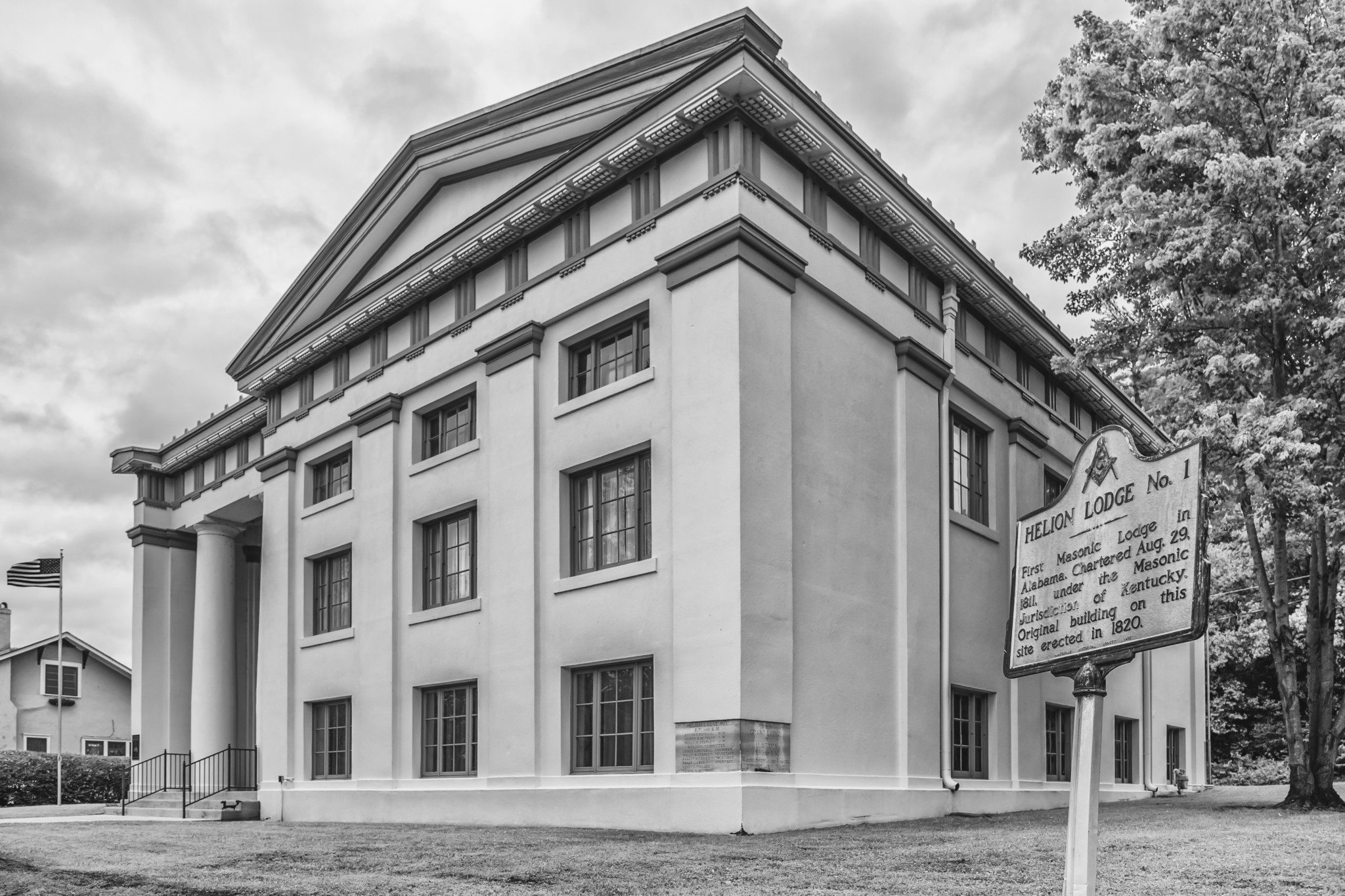
A year later, the first Masonic Lodge of Alabama – Helion Lodge No. 1 – was set up here. In the same year, thanks to a strong anti-British sentiment, the town was renamed Huntsville in honour of its first settler.
In 1819, Huntsville was declared the temporary capital of Alabama while Cahaba was being readied as the future capital (the present-day capital of Alabama, though, is Montgomery). The convention to draft Alabama’s first constitution was also convened here.
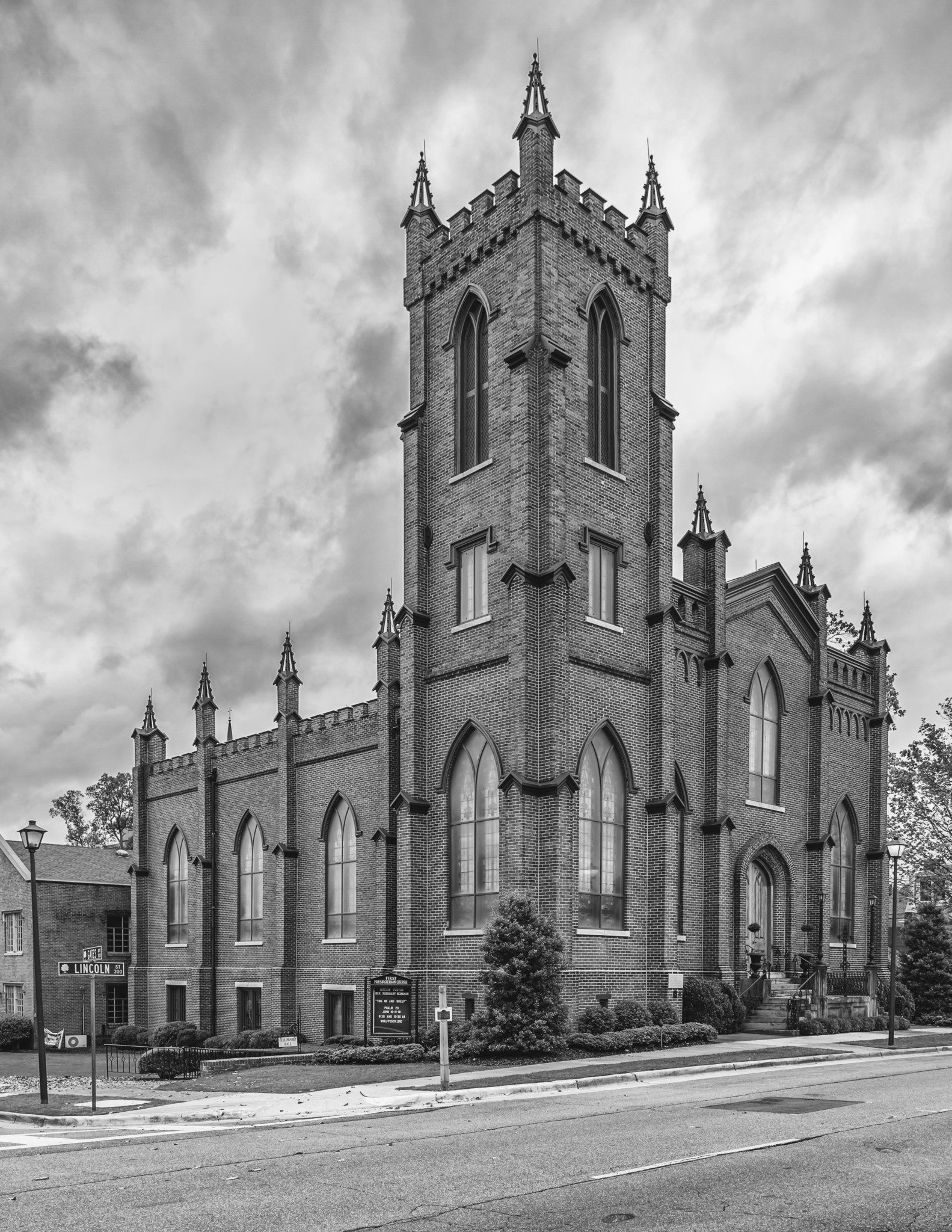
A walk through the annals of history
All the while up to the Civil War (1861-1865) and beyond, many buildings came up here – each significant in its own way. Let us walk past a few of them:
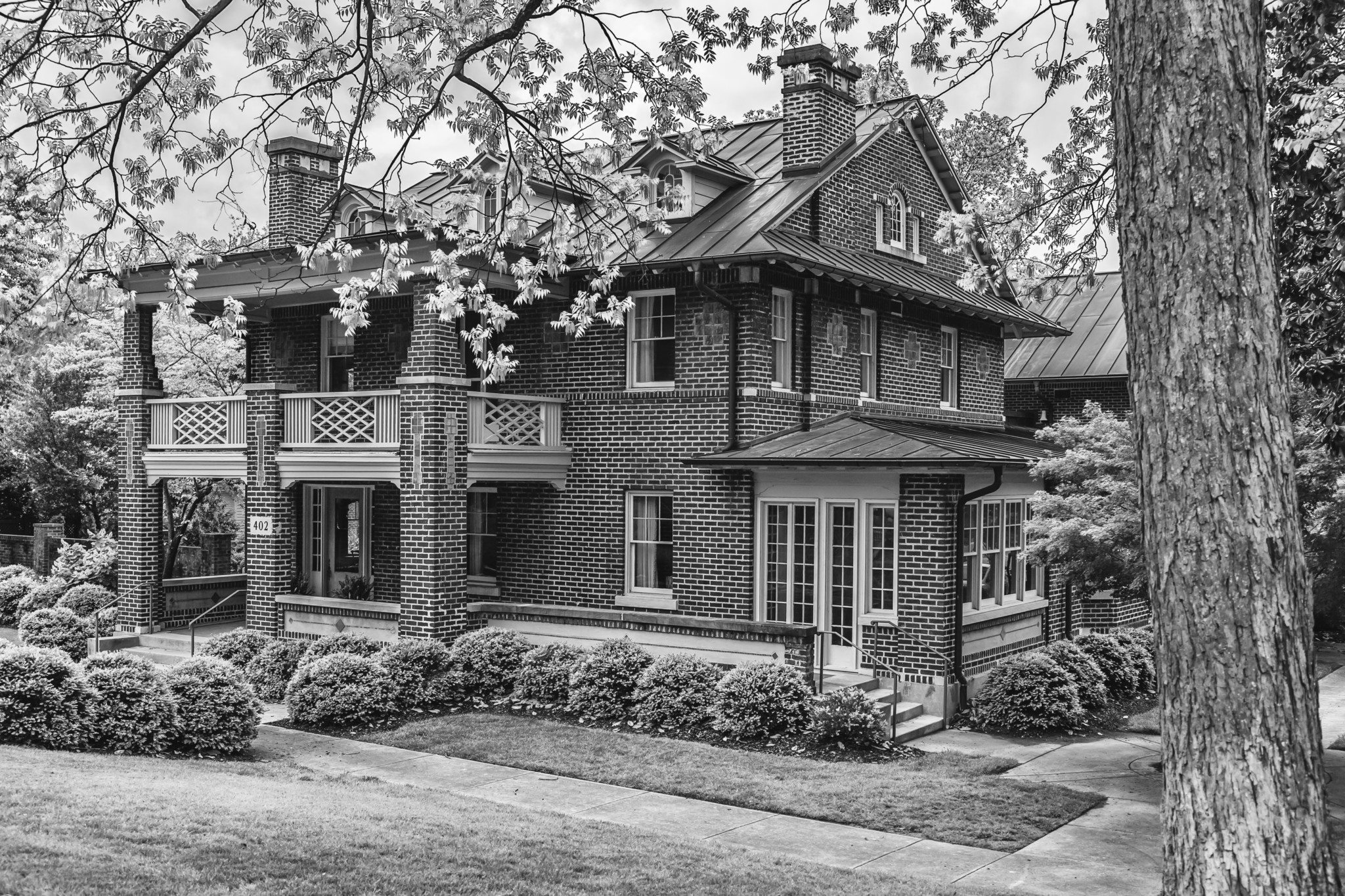
Gideon Blackburn House, the house of the pastor responsible for bringing up the first Presbyterian Church in the area, originally dates back to 1818, one and a half year before Alabama became a state. In its reincarnation in 1913, it is now a glorious example of Colonial Revival and Craftsman Style.
Its boxy gable-roofed form, two-storey portico, and the porch balustrade are colonial elements, while wide eaves, heavy brick piers, and the use of inset panels of stucco and colored diamond-pattern ceramic tiles are the Craftsman elements.
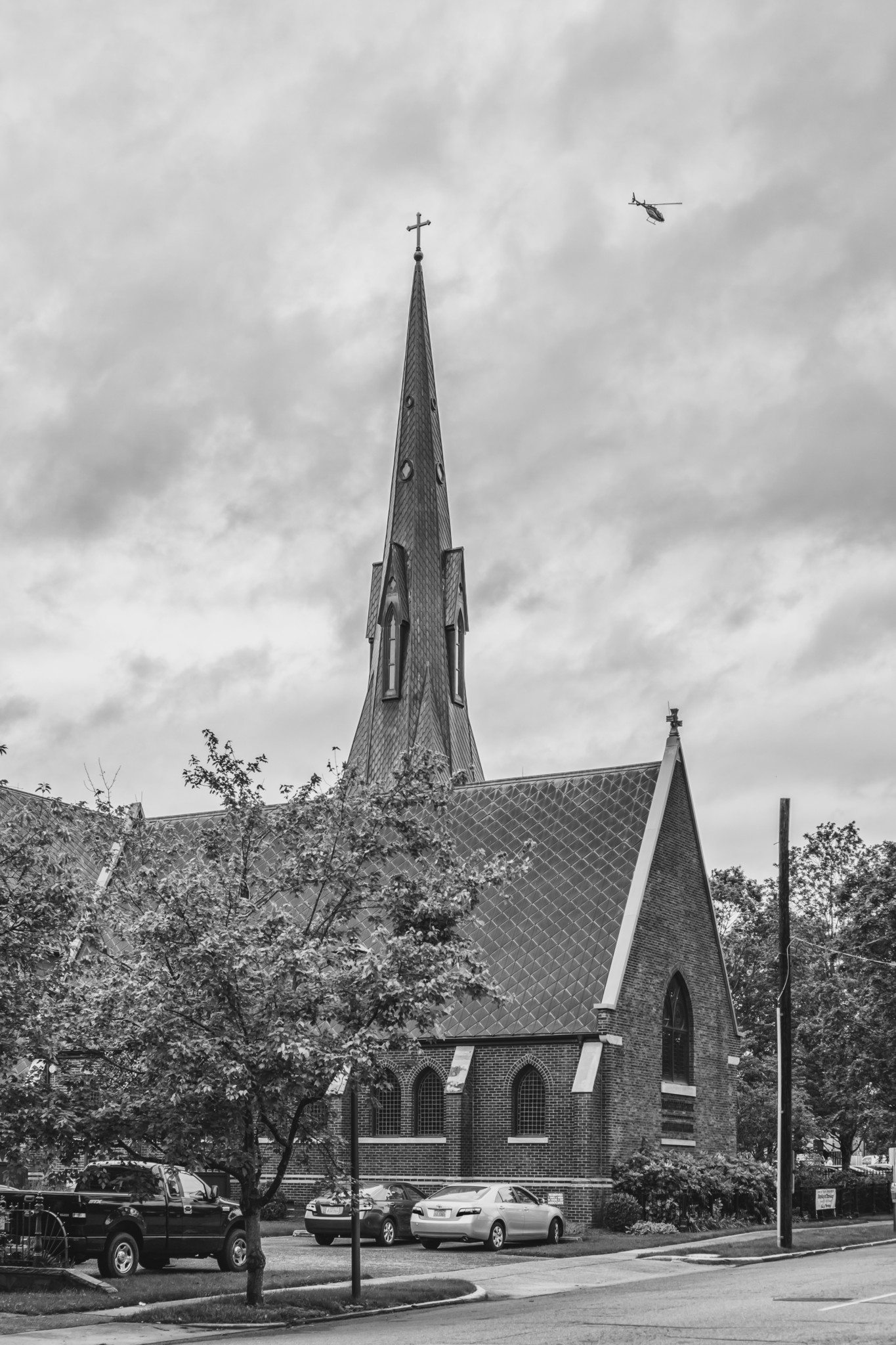
The 1822 structure of the First Presbyterian Church of Alabama was replaced with this characteristic brick Gothic Revival edifice in 1860. It lost its steeple, the tallest in Huntsville, in a storm in 1878.
Weeden House (1819), now turned into a museum, is a treasure trove of paintings done by Maria Howard Weeden. These paintings are so realistic you could easily mistake them for photographs.
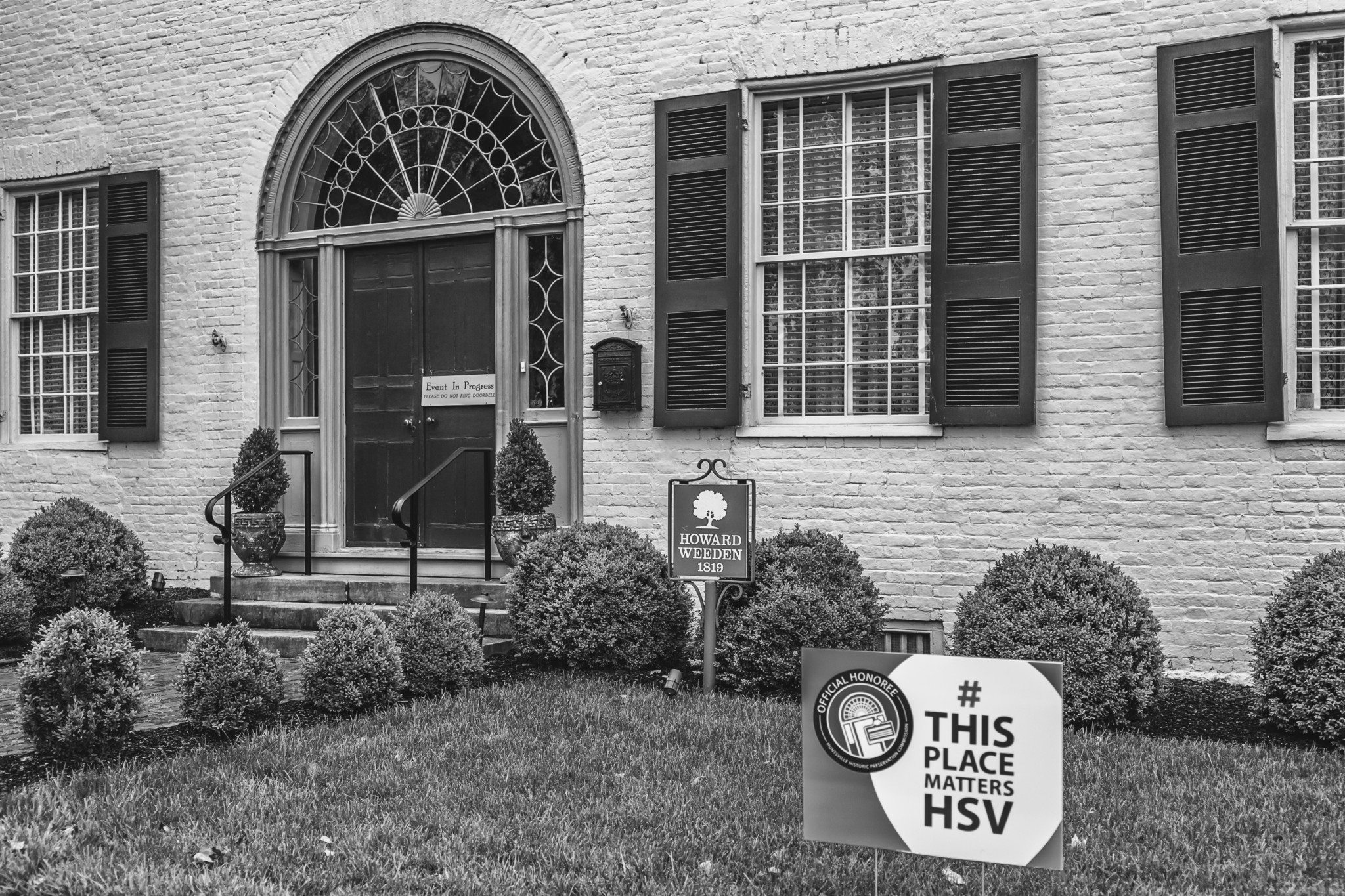
Church of the Nativity was modelled on the English parish churches of the Middle Ages. Its brick Gothic Revival building prominently displays ‘Reverence My Sanctuary’ – the reason for a Union soldier to disobey the orders of using this church as a horse stable during the Civil War.
Josiah Cox, the developer of Big Spring Water System, built the Cox House to an unusual height to block the view of LeRoy Pope’s house – a move that also earned it the name of ‘Spite House’.
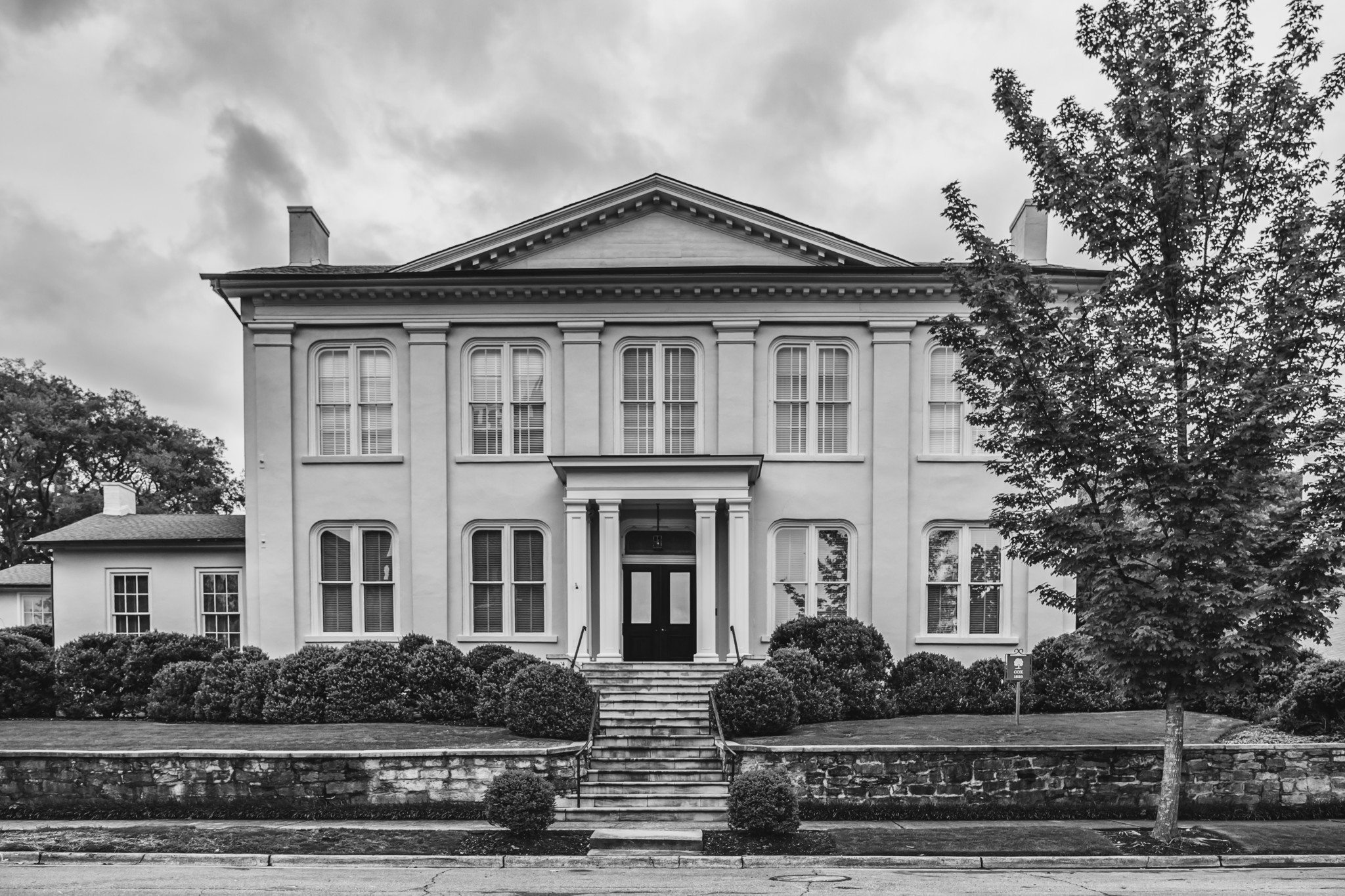
The town flourished as a transportation hub with the help of river barges, stage lines, and Memphis & Charleston Railroad. Realising its strategic importance, the Union troops captured it in 1862.
In 1864, the Federal troops built fires on the wooden floor of the First United Methodist Church for cooking, resulting in burning down of the church. But the Methodist community rebuilt it in 1868 once the Civil War was over. It is an interesting landmark in this town today.
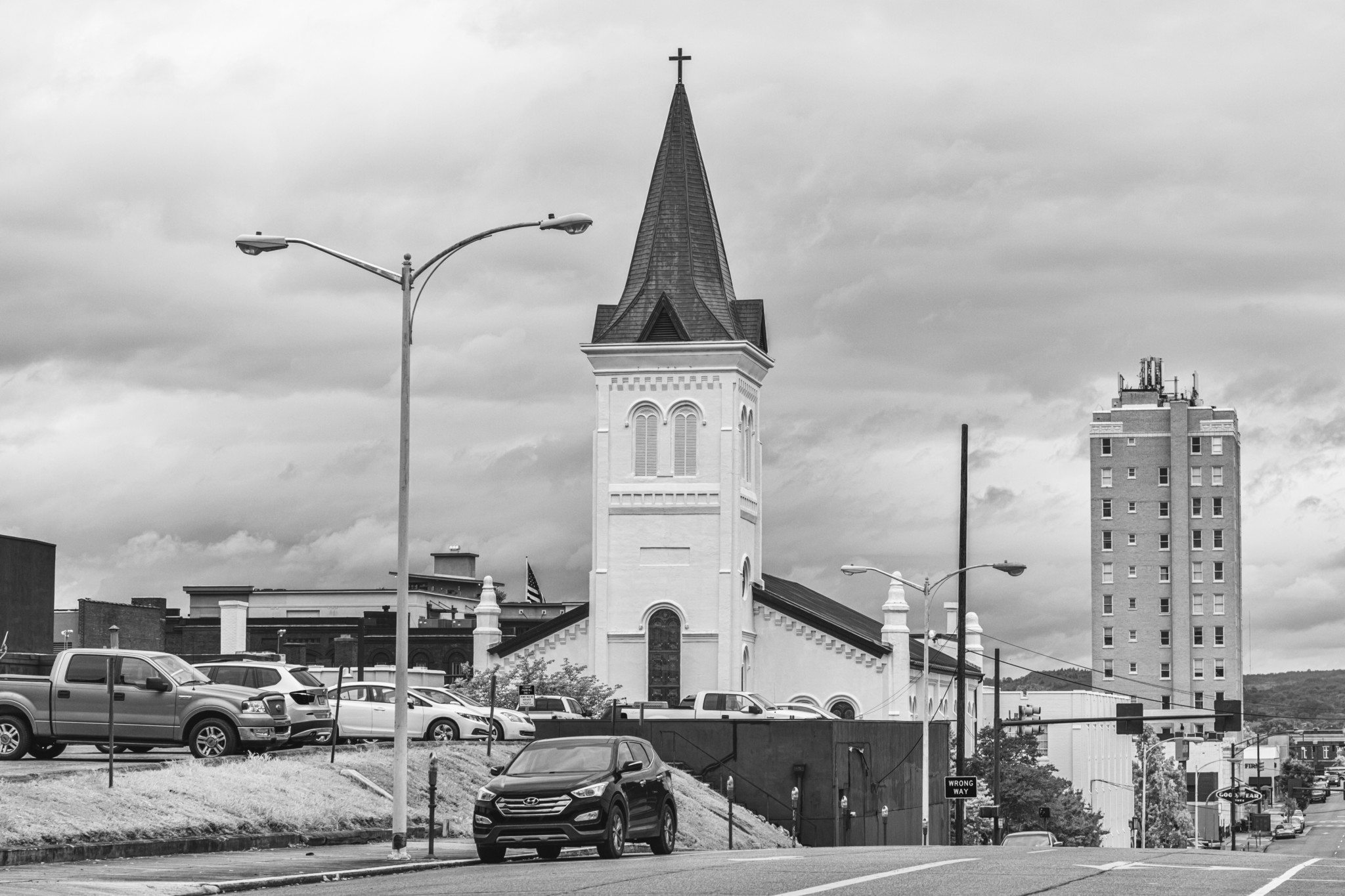
Period characters
As we moved along, Don Dukemineer, another employee of Huntsville CVB, greeted us. Representing ‘Signal’s Lily Flagg’ the cow, he was in a cow costume carrying a shiny trophy. Legend has it that this cow was honoured as a Jersey Cup Champion in 1892 for producing 1,047 pounds 3/4 ounces of butter in a year. The city had celebrated this milestone for over three weeks!
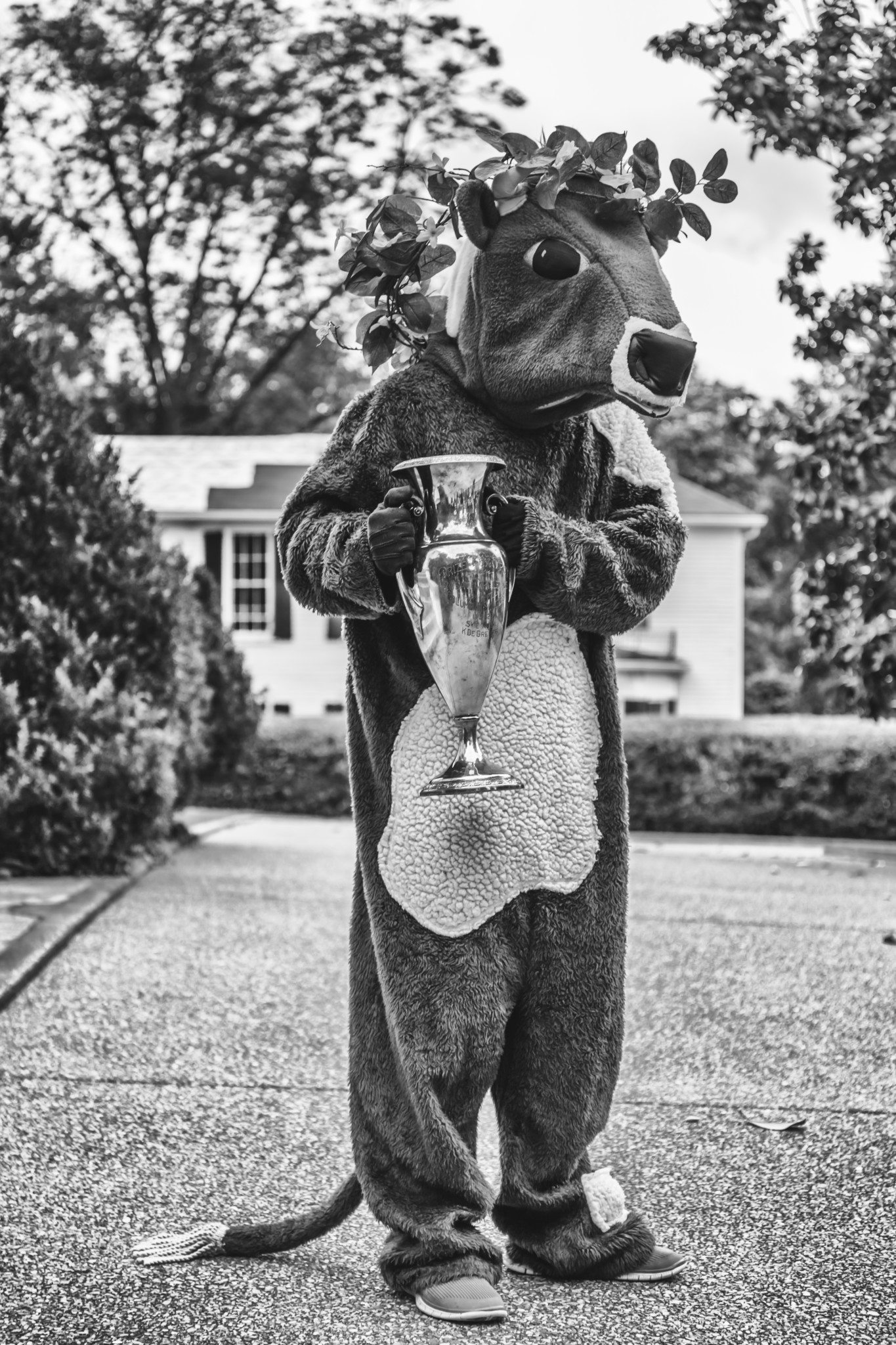
During this walk, Huntsville CVB employees Kirsten Pepper and Catie Wells enacted the roles of Virginia Clay-Clopton and Tallulah Bankhead respectively. It gave us a glimpse of more interesting chapters from Huntsville’s history.
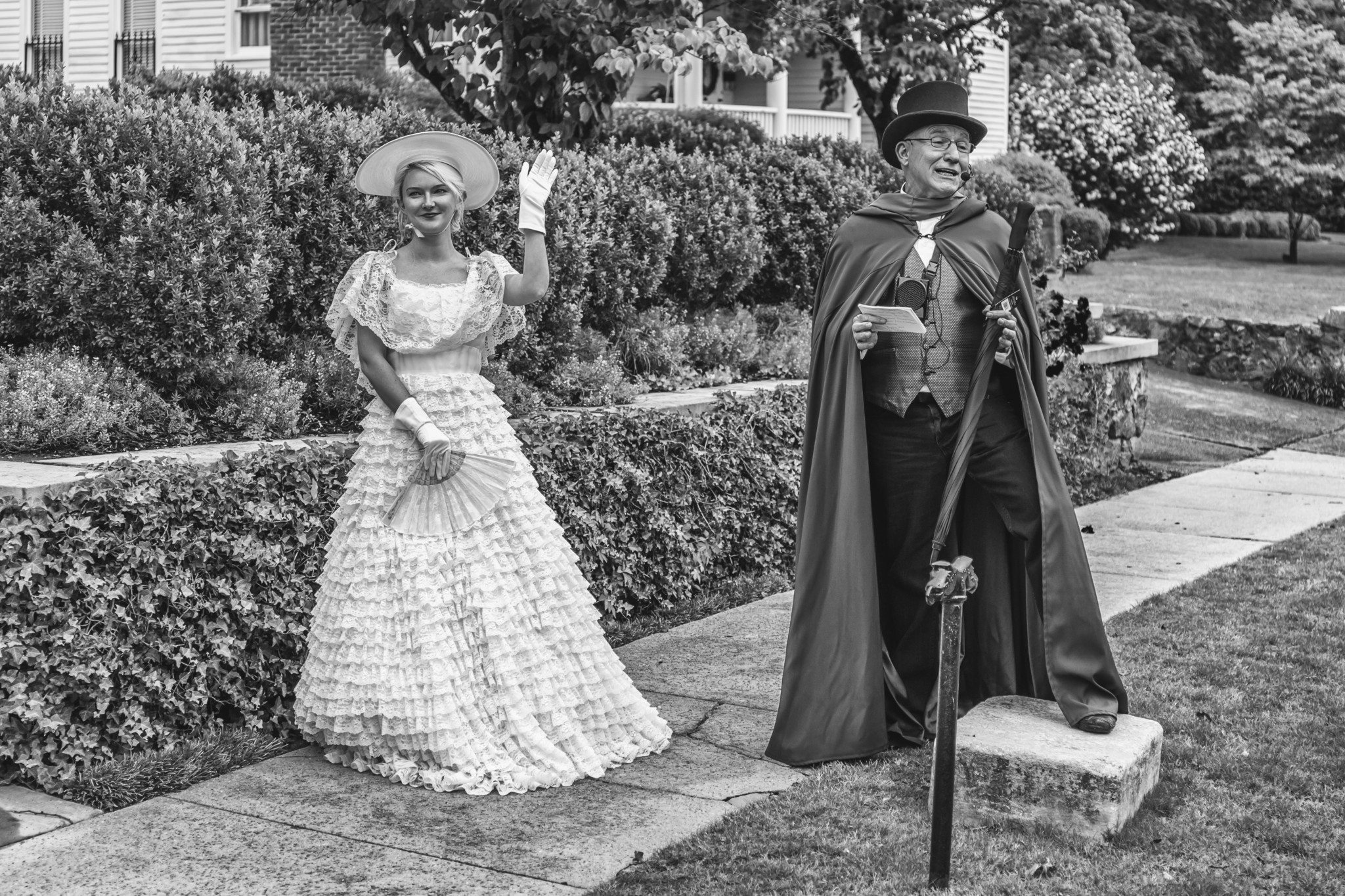
Virginia Clay-Clopton was a political hostess who was active in women’s suffrage movement. And, Tallulah Bankhead was a flamboyant actress popular on both sides of Atlantic, whose mannerisms became subject to imitation and parody.
Let me share another interesting observation here. The Wharton-Walker House (1820) and the Pulley-Neely House (1920) – despite having come up a hundred years apart and despite their difference in size, betray remarkable architectural similarities.
My recent post: Click HERE to read about Huntsville Botanical Garden.
This Huntsville historic city walk gave us an appreciation of the tumultuous history of a town that had seen it all – from non-existence to sudden affluence and prosperity, from ravages of the 19th-century American Civil War to re-emergence as a flourishing town, from being the first capital of Alabama to being in the thick of action as Dr. Martin Luther King Jr was fighting his non-violent battle for Civil Rights of African Americans.
But, that was not all.
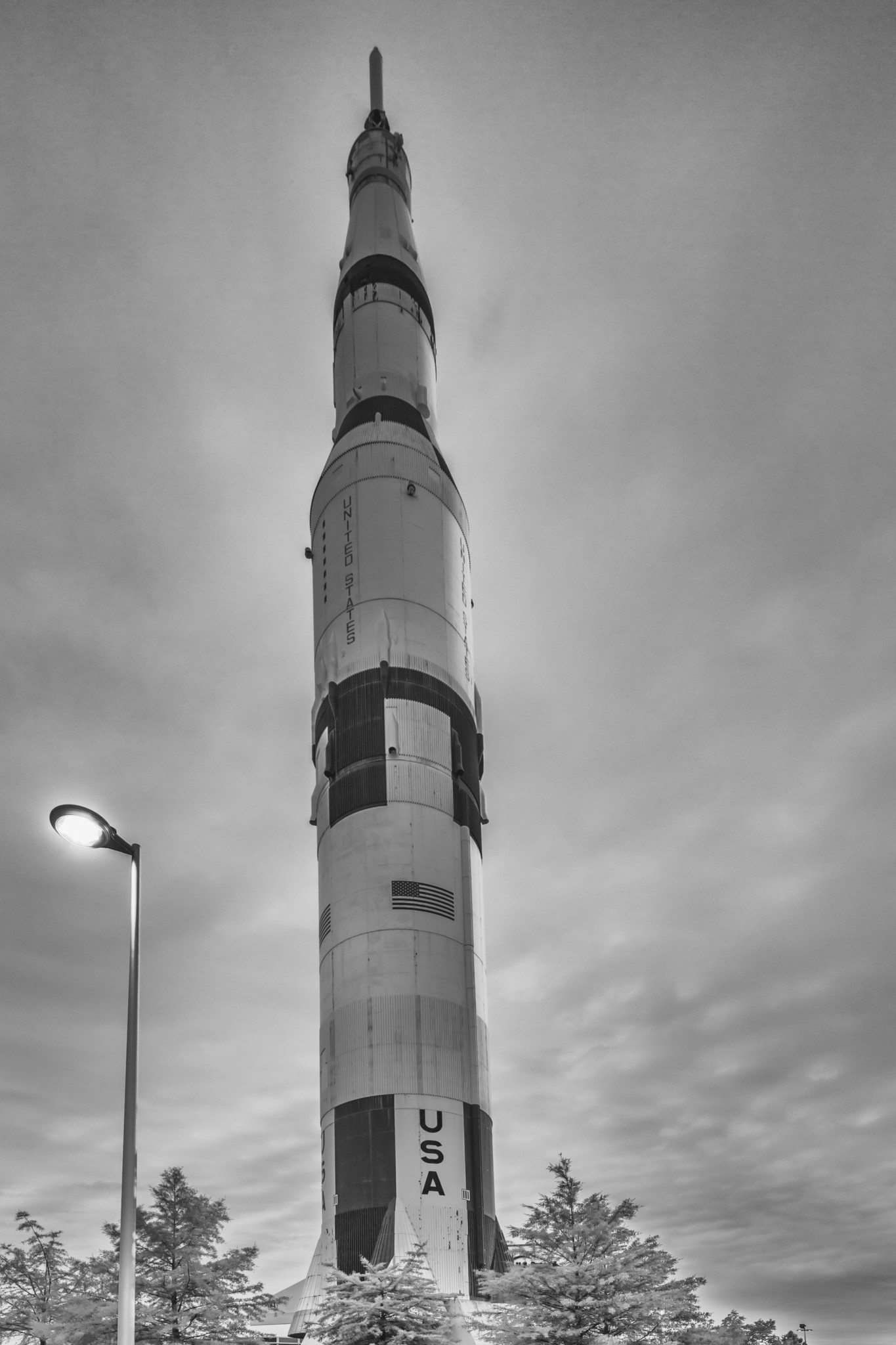
The promised peep into the future
Next day, Huntsville CVB had organised a party for the TBEX delegates. The venue was the Davidson Center for Space Exploration, a part of NASA’s U.S. Space & Rocket Center.
As we approached the venue, a gigantic rocket greeted us. They told us that was just a mock-up of Saturn V. The real thing was inside where the party would be!
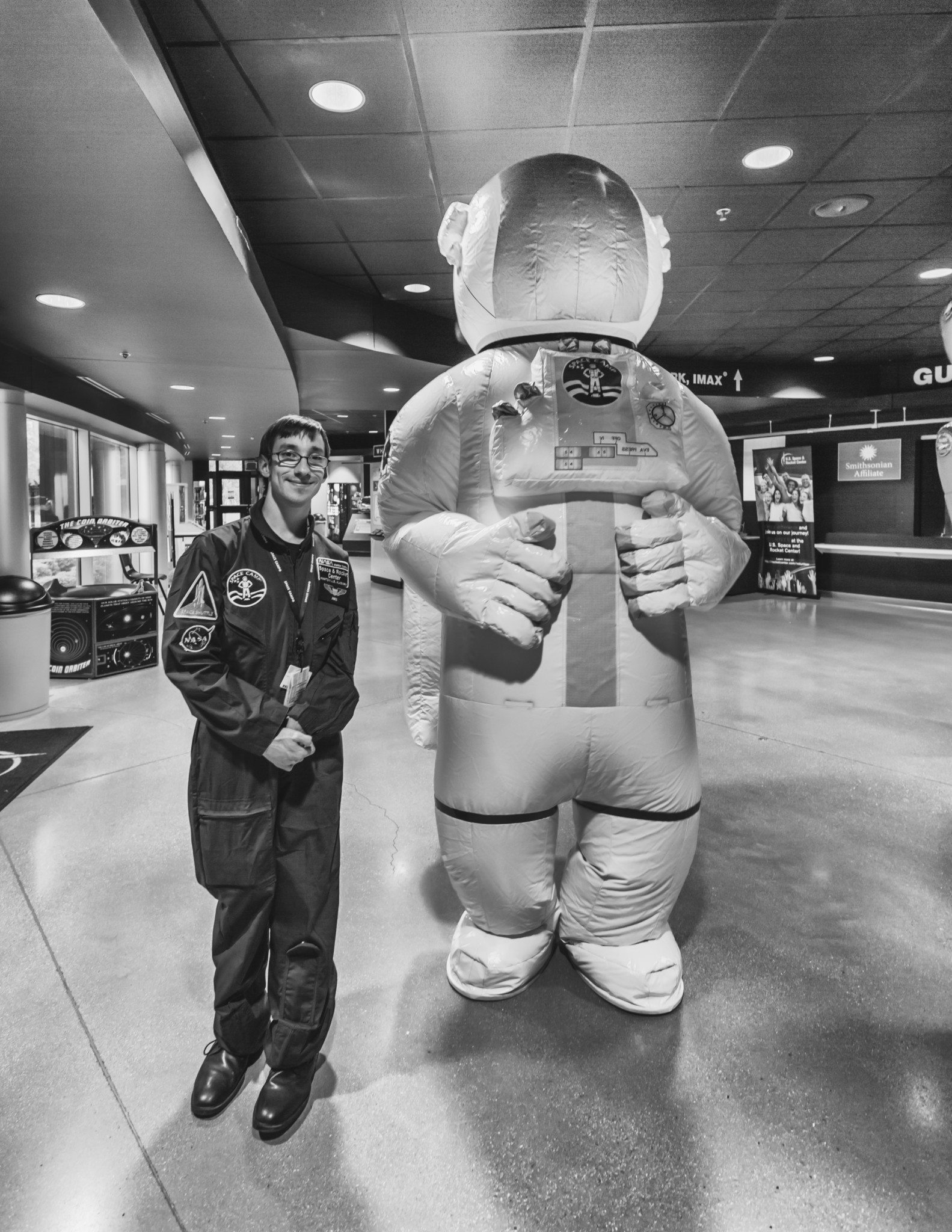
A real and a faux astronaut welcomed us in the entrance lobby. The lobby has Quick’s ‘Flying Machine’ (a monoplane that made a solitary flight in 1908) on display.
As we were about to enter the Davidson Center, we could hear strains of Jazz music. Surreal as it may sound, Twickenham Jazz & Swing was in attendance for our party.
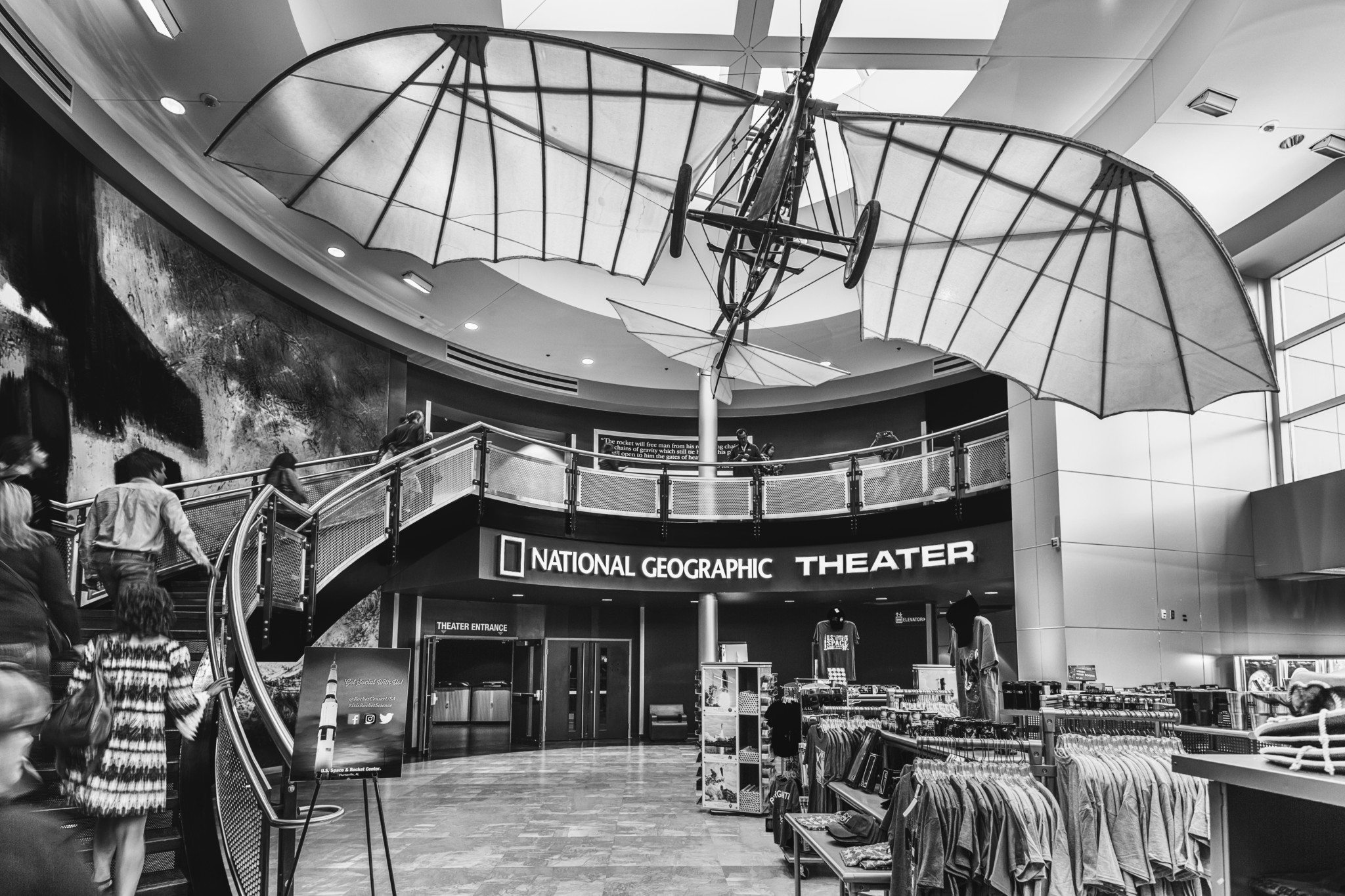
Rocket, Rocket, Everywhere; Party Under it!
As soon as we entered the center, the sheer size of the horizontally parked mammoth Saturn V stupefied us. A 3-part 111-metre long giant weighing 2,950 tonnes, had a diameter of 10 metres without counting its fins. When standing, it would be 18 metres taller than the Statue of Liberty!
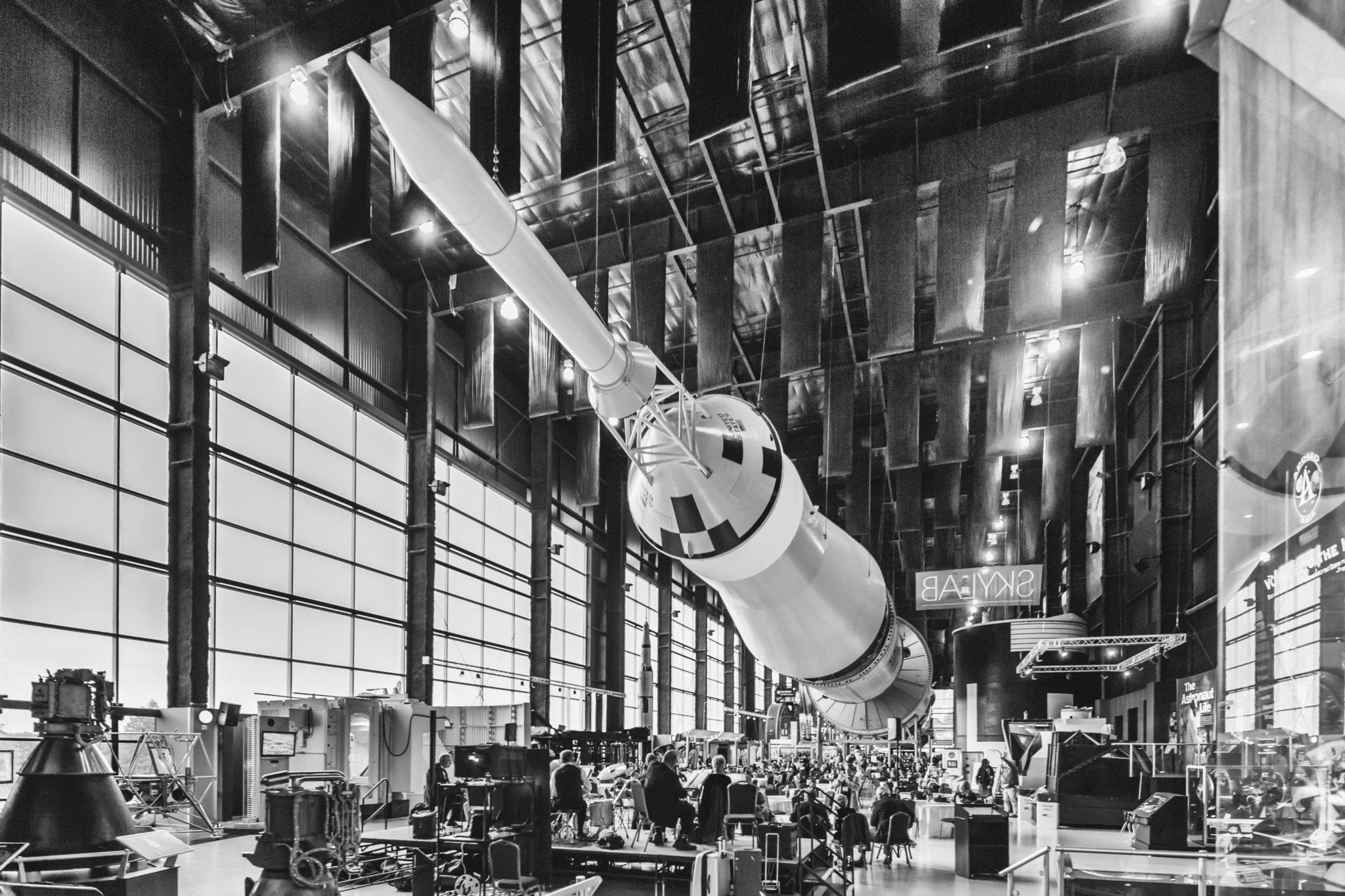
This gigantic transporter had 12 successful space flights under its belt. It was serving NASA between 1967 and 1973.
Do you realise what it means? In 1969, it sent Apollo 11 to the moon!
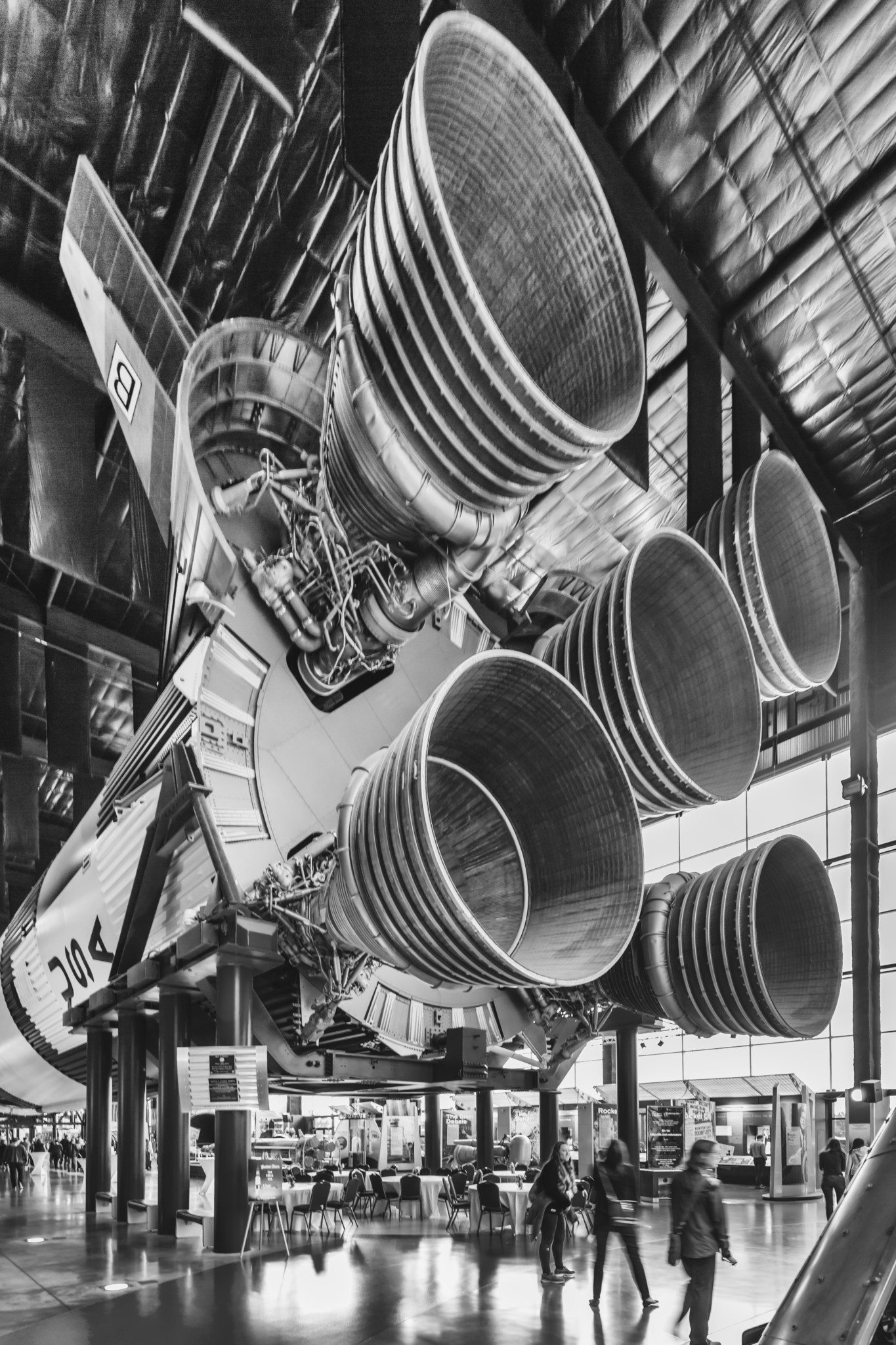
The U.S. Space & Rocket Center future plans include sending humans farther into the solar system than ever before, including to an asteroid and Mars. Their International Space Station that orbits 250 miles overhead, will facilitate this journey!
We know that it is uncommon to find a city that offers you both – a glimpse into history and a peep into the future. And if the town is as small as Huntsville, such occurrence is a six-sigma exception. When you visit Huntsville, you would have a choice – a doorway to history, or an entrance into the future. I would recommend you choose both and come out richer!
If you know of another city that gives you a glimpse into history as well as future, please do share it in the comments. After all, it doesn’t hurt to expand the bucket list!

